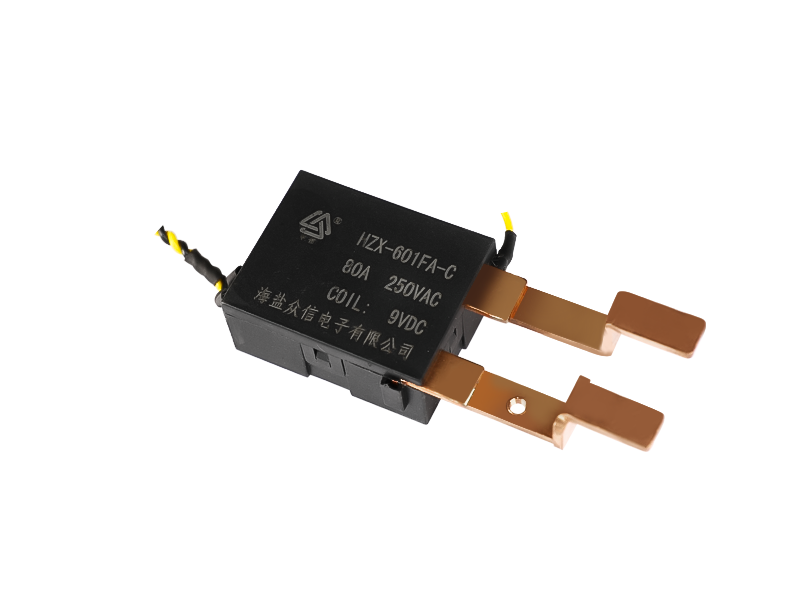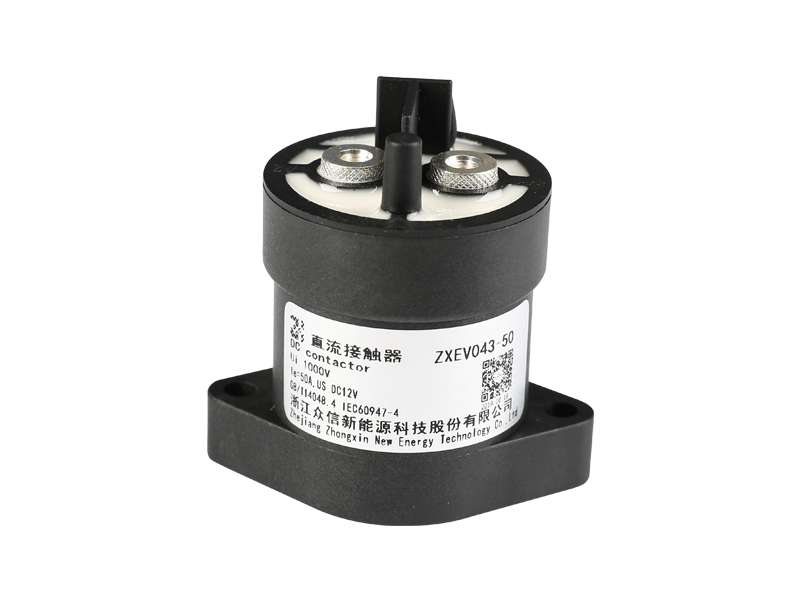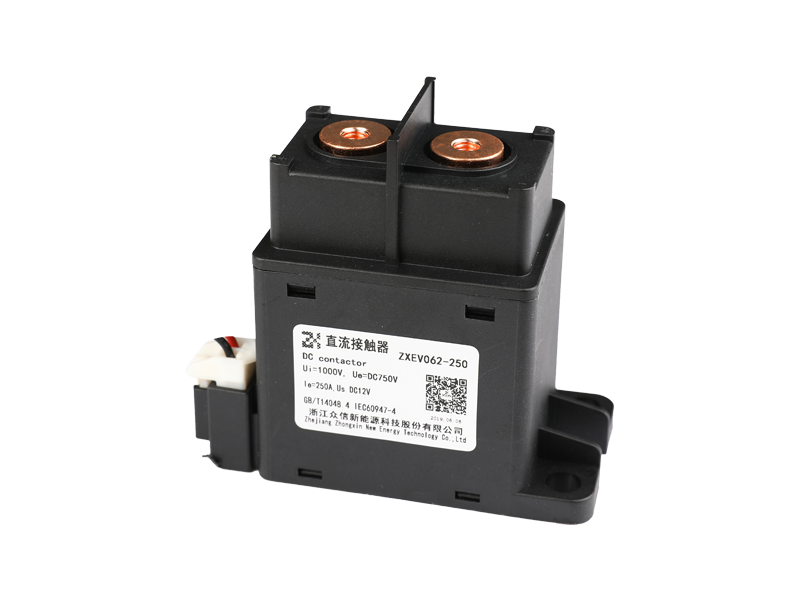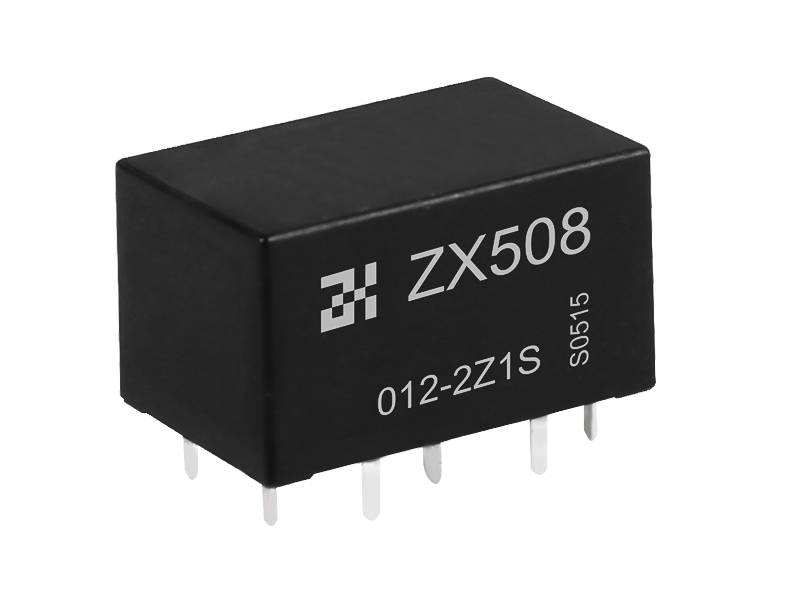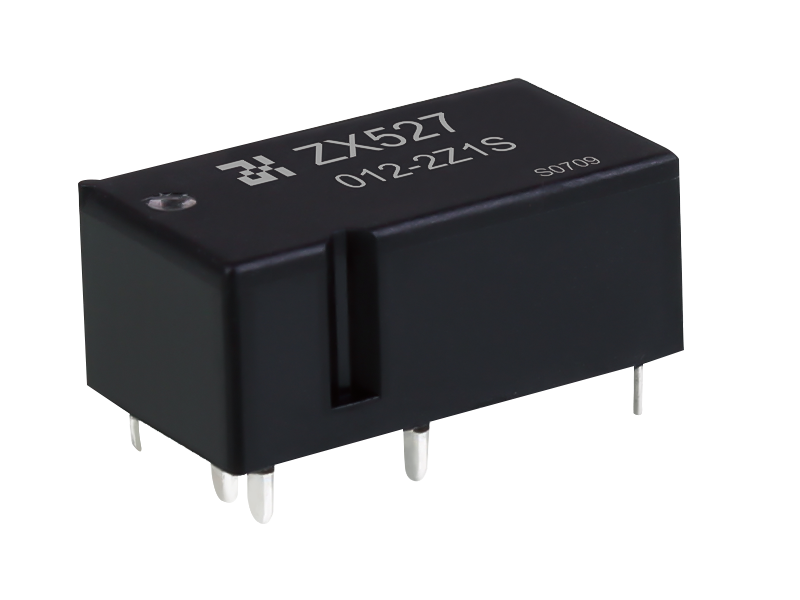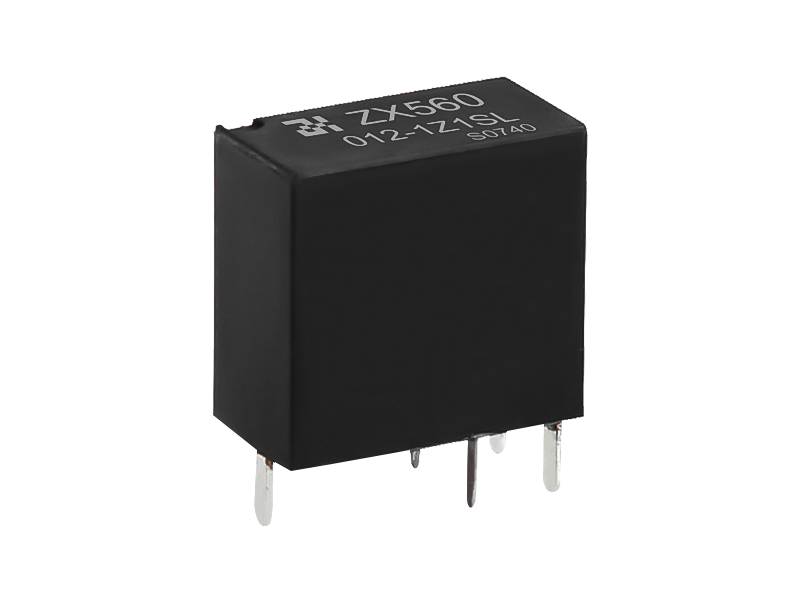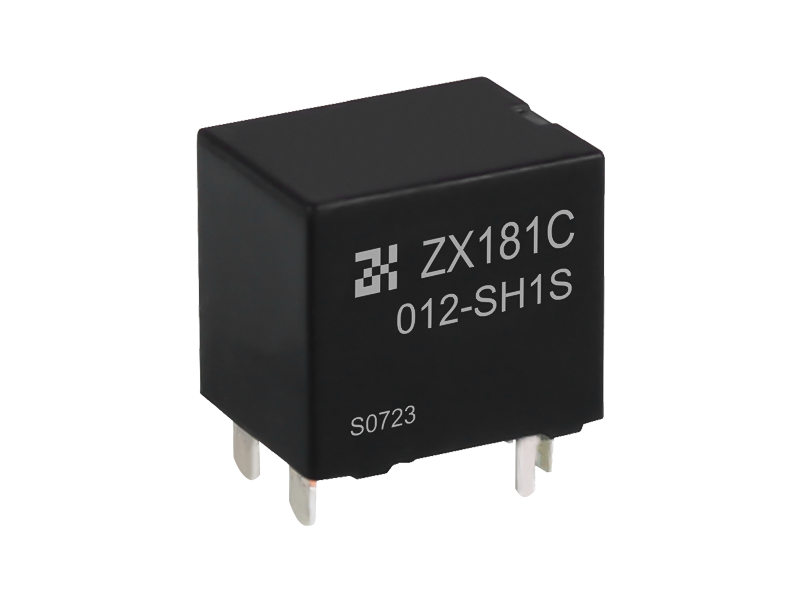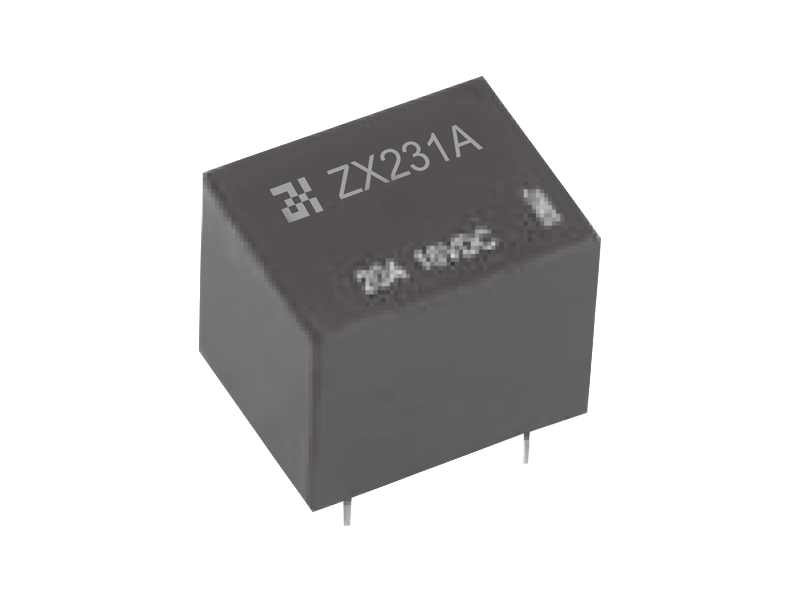Latching relays are devices that operate on a magnetic principle. They consist of a magnetic strip attached to a coil, with two sets of contacts: one for input and one for output. They are used to turn a circuit on and off or to switch power between two circuits.
Latching relays are efficient devices that control a wide variety of circuits. They operate by using a pulse to open and close a circuit. They are small, safe, and have long service lives. In addition to their efficiency, they also help to reduce the cost of rewiring. They can save crossbar switches and conductors, and offer greater convenience.
Latching relays can be reset by using positive voltage or reverse voltage. The positive voltage energizes the coil, while the reverse voltage opens the circuit and allows the relay to close. Using a schematic, you can see different circuits that use the same relay type and switch combinations. You can even combine different relay types with different switches to create a more complex circuit.
Latching relays are a great way to replace contactors in lighting circuits. The main advantage is that they don't require a power-driven coil and can save up to 2W of power per relay. This translates into about five kWh of energy savings annually for an average user. Furthermore, they allow parallel keys and pushbuttons to control lighting. This makes them an ideal solution for more advanced lighting facilities.
Latching relays are more energy efficient than their monostable counterparts and can operate at higher temperatures. In addition to their lower power consumption, latching relays offer noise-free switching, which is an excellent feature for household applications. They also do not cause as much heat buildup. These relays are also much cheaper than their equivalents.
There are three main types of latching relays. The first is mechanical, which uses locking mechanisms to lock the contacts in their final position. The second type is called impulse sequencing. This type of latching relay transfers contacts with each pulse. The pulses are then delivered to the opposing coil and the cycle starts again.
A latching relay is an excellent option for many industrial applications. Its mechanical design allows it to work independently of a magnet, which is not always practical for some applications. Unlike magnetic relays, latching relays don't require a transformer of high burden. This means that they can withstand higher thermal cycling without losing their locking strength.
The latching relay functions in a similar way to a double-throw toggle switch, except that the trigger of the switch stays in one position until reset. This means that they are a great solution for power interruptions, and are used when power conservation is needed.
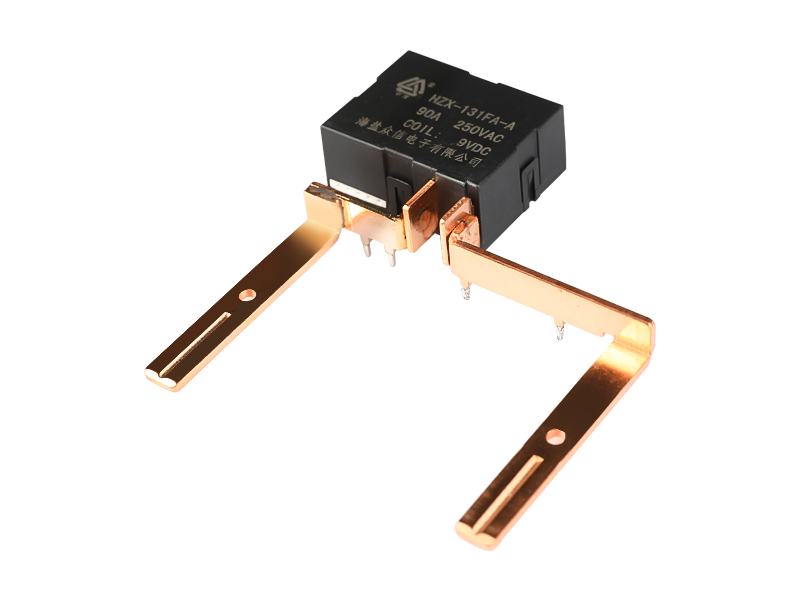
90A switching capability
Very minimal power consumption from the coil
9mm creepage distance
4KV dielectrics strength coil to contact
In accordance with IEC62055-31:UC2
Outline dimensions:(36*30*16.5)mm
CE,CQC compliant
RoHS,UL compliant
Type: Magnetic Latching Relays
Theory: Electromagnetic Relay


